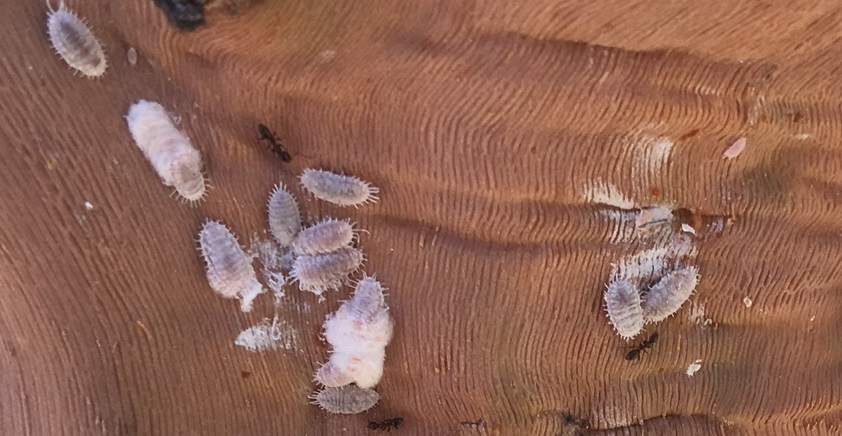Sustainable and Organic Control of Vine Mealybug in Vineyards: Two Growers, Two Approaches
 |
| Photo courtesy of Mark D. Welch. |
The Vine Mealybug (Planococcus ficus) is found in winegrowing regions around California. This pest can multiply rapidly over the course of the growing season causing catastrophic damage to fruit. As the Vine Mealybug (VMB) is found on different parts of the vine at different times of year, a variety of pest control practices need to be employed. Willy Cunha (Sunview Shandon) and Bart Haycraft (Jackson Family Wines - Los Alamos) share their strategies for controlling this pest.
Key Challenges:
• Willie Cunha - Maintain Organic Certification
• Bart Haycraft - Size and topography (block sizes and layout on 480 acres of vines)
WILLIE CUNHA | SUNVIEW SHANDON
When VMB appeared in the vineyard in 2015:
• Mapped known infestations
• Identified areas of likely infestation with pheromone traps
• Peeled bark, painted trunks with stickum
• Removed and burned badly infested vines
• Treated infested vines with combination of orange oil, cinnamon oil, and clove oil
• Sprayed trunks with hand wands
Current Strategy:
• Train employees to recognize VMB
• Use mating disruption cards
• Trap extensively
• Look for beneficials when scouting
• At Sunview Shandon they find adult Mealybug destroyers (Cryptolaemus montrouzieri), Anagyrus pseudococci, and Green Lacewing (Chrysoperla rufilabris) eggs
BART HAYCRAFT | JACKSON FAMILY WINES - LOS ALAMOS
Previous Practices:
• 3 years ago noticed VMB control program seemed to be failing
• Treated blocks with contact insecticides after they were harvested
• Timing was difficult
• Quit monitoring after harvest and resumed in January
• VMB continued to reproduce in warm winters
• Systemic imidicloprid applications ranch-wide in late spring
• Tried bark stripping on 40 year-old vines
• Desire to reduce or eliminate need for broad spectrum insecticides
• Used pneumatic air hammer to blow bark off trunks
• Time consuming
• Discontinued because air hammer was blowing the bark around so might actually be contributing to spread and it was expensive
New program:
• Goal is to eliminate one contact insecticide application and one systemic imidicloprid application per season
• Monitoring
• 25 pheromone traps on 480 acres (19 acres per trap)
• VMB trap catches late season some years
• Post-harvest spike in trap catches triggers an insecticide and/or sprayable pheromone application
• Mating Disruption
• Place mating disruption cards April for 100-120 days efficacy
• Has tried double hanging cards in January and mid-June
• Apply sprayable pheromone after harvest
• Program could be sprayable pheromone applied in early May, then again post-harvest in tank mix with contact insecticide like spirotetramat.
• Ant Control
• No active ant control program
• Never found an effective strategy
• Has found that control of VMB reduces ants - stop the VMB, ants go away

